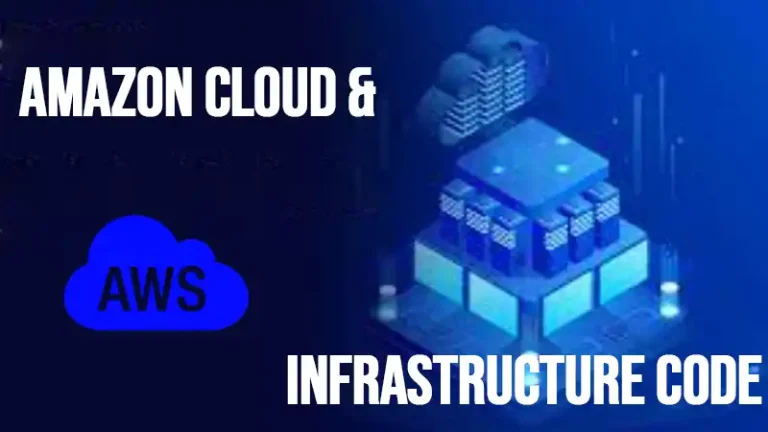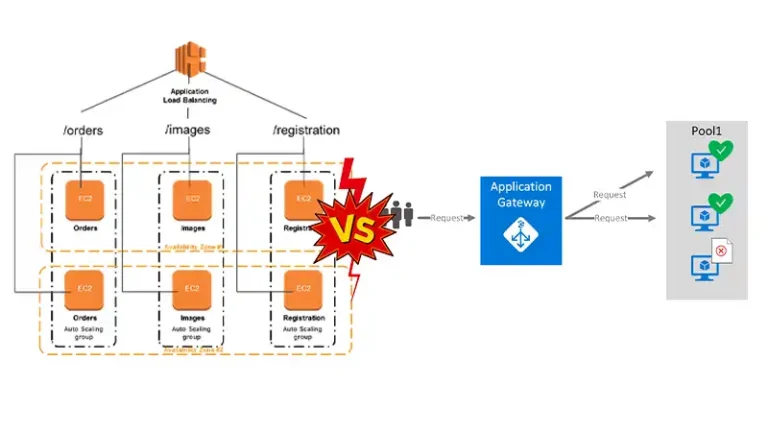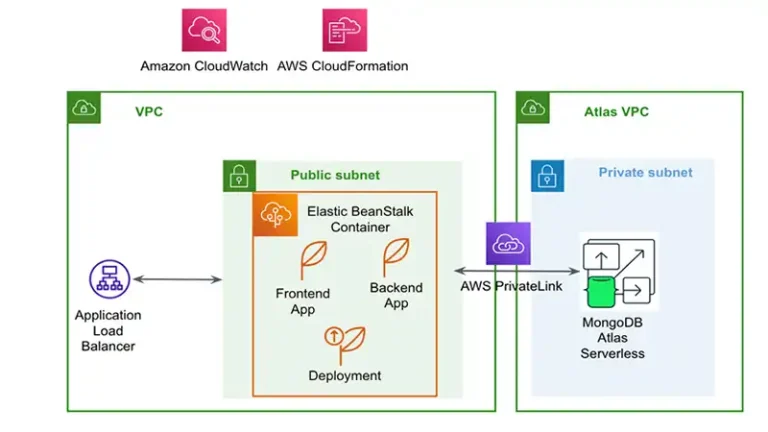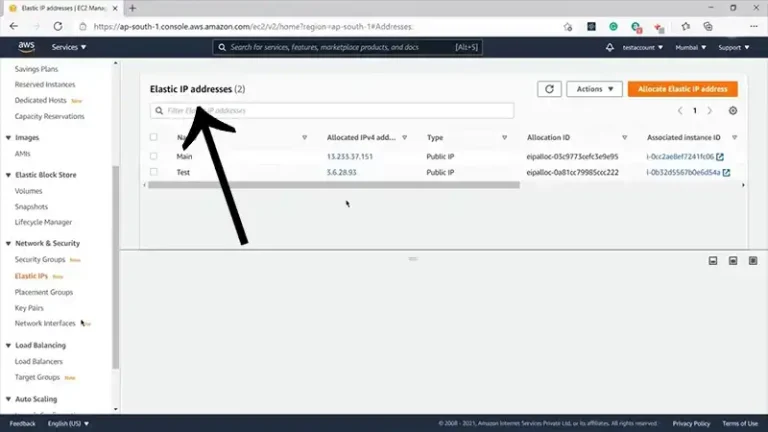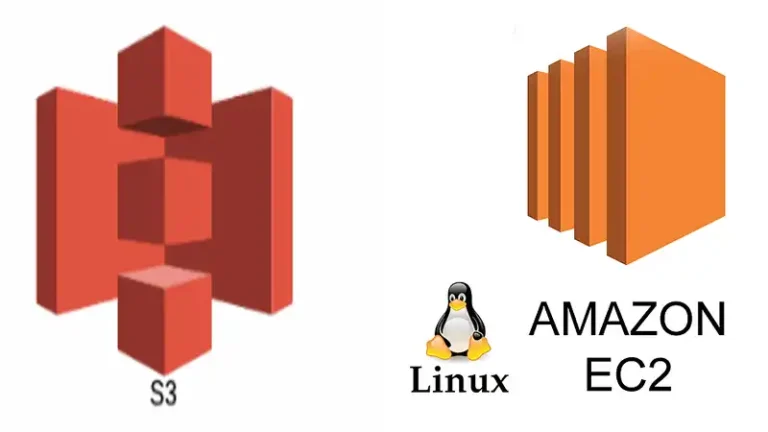How to Setup an Amazon ECS Cluster With Terraform | Step-by-Step Guide
Whether you’re aiming to improve consistency, enable automation, or simplify managing container workloads on AWS, creating Amazon ECS clusters manually can be complex and error-prone. This is where Terraform comes in – offering an automated way to standardise and streamline ECS cluster setup.
Here on we will be provisioning a production-grade ECS cluster environment using Infrastructure as Code with Terraform.
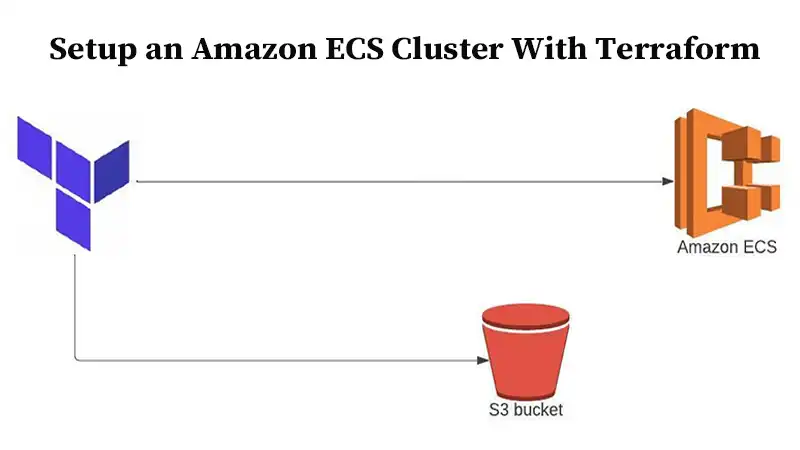
Setting Up Amazon ECS Cluster With Terraform
Here goes how we will do it-
Install and Configure Terraform
First, install the latest version of Terraform on your machine and configure AWS provider credentials for authentication. You can reference the Terraform documentation for detailed steps based on your operating system. Verify it’s working with the terraform –version.
Create a Terraform Configuration File
Create a new file like ecs-cluster.tf to hold your Terraform configuration. We’ll build this file out in the following sections. Declare the AWS provider and any required input variables here upfront.
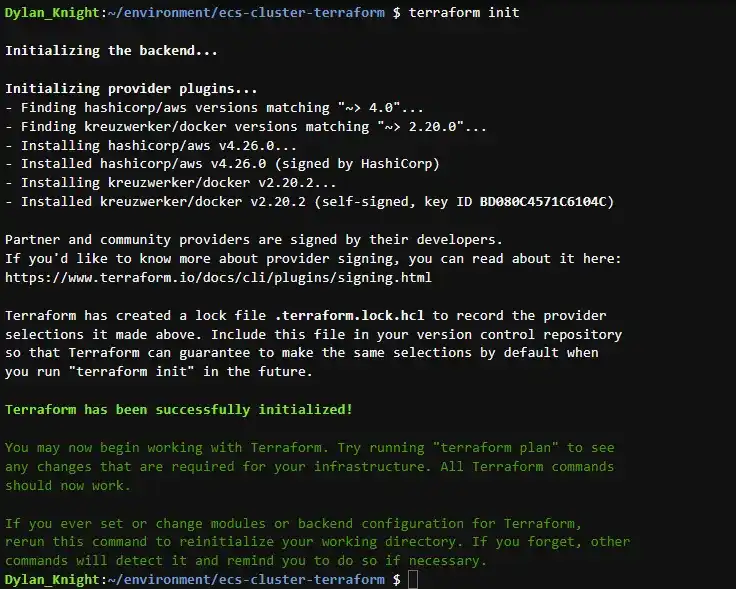
Define a VPC
Define a new VPC using the aws_vpc resource along with IPv4 CIDR block, tags, and other options. Make sure to enable DNS hostnames for container discovery.

Create Public and Private Subnets
Next, create public and private subnets using the aws_subnet resource. Reference the VPC ID, and assign CIDRs and availability zones. Public subnets will use Internet gateways while private subnets use NAT gateways.

Configure Routing
Define routing tables with routes mapping subnets to Internet/NAT gateways using aws_route_table and associate to subnets with aws_route_table_association. This enables connectivity.

Provision NAT and Internet Gateways
Create NAT gateways using aws_nat_gateway and Internet Gateways with aws_internet_gateway to connect private and public subnets to the internet.

Create a Security Group
Use aws_security_group to define firewall rules like allowing HTTP/HTTPS ingress to ECS instances from the internet. Group containers to isolate and reduce the attack surface.
Create IAM Roles and Policies
Define an IAM role for ECS task execution using aws_iam_role. Attach IAM policies to grant the least privilege permissions for cluster agents and tasks.
Create Launch Templates
Create EC2 Launch Templates that define ECS-optimized AMIs, instance types, Docker config, and more for auto-scaling container instances.
Provision Auto Scaling Groups
Use aws_autoscaling_group to create one or more auto-scaling groups of EC2 instances for ECS based on the above launch templates and scaling policies.
Create ECS Cluster Resource
Provision an ECS cluster using aws_ecs_cluster to orchestrate containers across auto-scaled instances. Specify cluster name and resource tags.
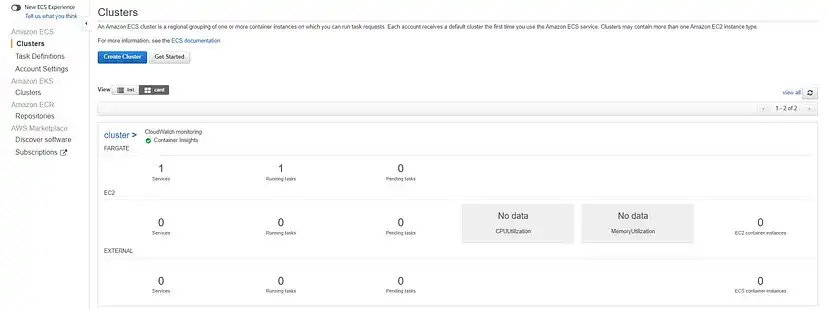
Register Task Execution Role
Register the IAM role created earlier as a task execution role with permissions required for running ECS tasks.
Create ECS Task Definitions
Define the containers to deploy as tasks on the cluster using aws_ecs_task_definition. Specify images, CPU, memory, ports, environment variables etc per container.
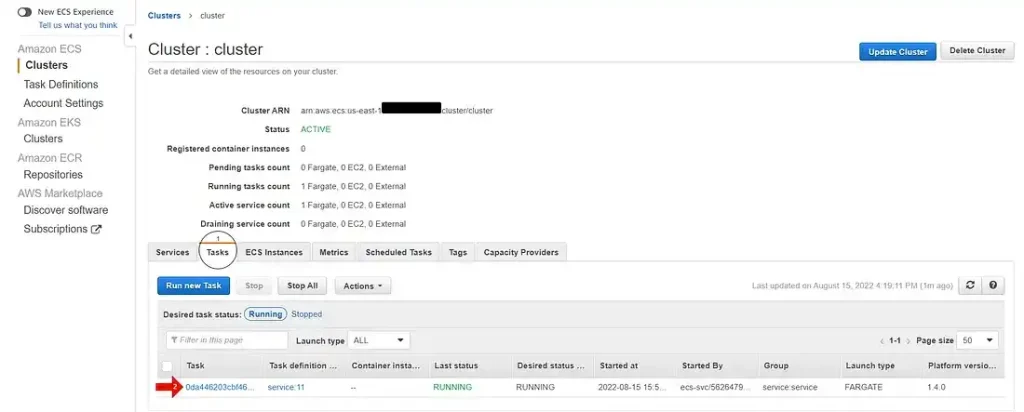
Create ECS Services
Provision ECS services using aws_ecs_service to deploy the task definitions onto the cluster. Define desired task counts, IAM roles, load balancing, protocols, etc.
Verify Cluster Operations
Run terraform application to deploy resources on AWS and verify containers get distributed across auto-scaled instances. Check logs.
FAQs – Frequently Asked Questions and Answers
- Is Amazon EKS a better choice than ECS?
Answer: Both ECS and EKS offer container orchestration on AWS. ECS is a managed service with a simpler setup and easier maintenance, while EKS provides more flexibility and control over cluster configuration. Choose the service that best aligns with your needs and technical expertise.
- What are some real-world applications of ECS clusters?
Answer: ECS clusters are versatile, powering diverse applications including web services, microservices, data processing pipelines, and batch jobs. They offer scalability, reliability, and cost-effectiveness for containerized workloads on AWS.
- Do I need coding experience to use Terraform?
Answer: While familiarity with HCL syntax is helpful, basic understanding of infrastructure concepts and configuration files is sufficient to get started. Many resources and tutorials cater to beginner-friendly Terraform usage.
To Conclude
Congratulations! You now have a production-grade ECS cluster setup with Terraform for running containerized applications. Consider integrating your configurations with CI/CD pipelines for automated deployments. The world of container orchestration awaits!

